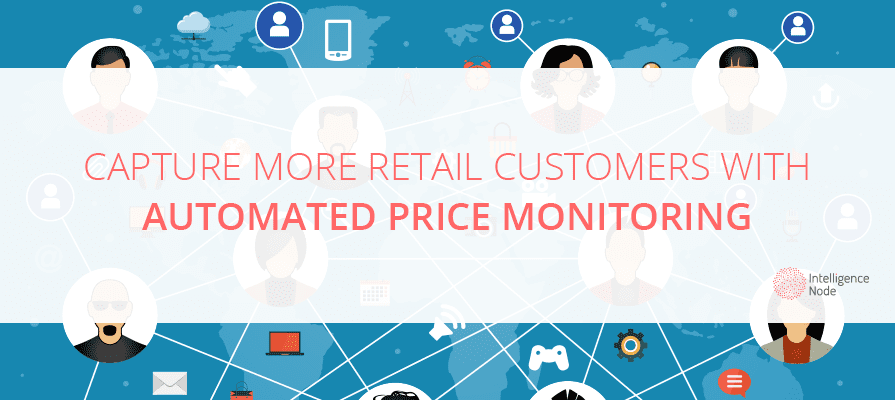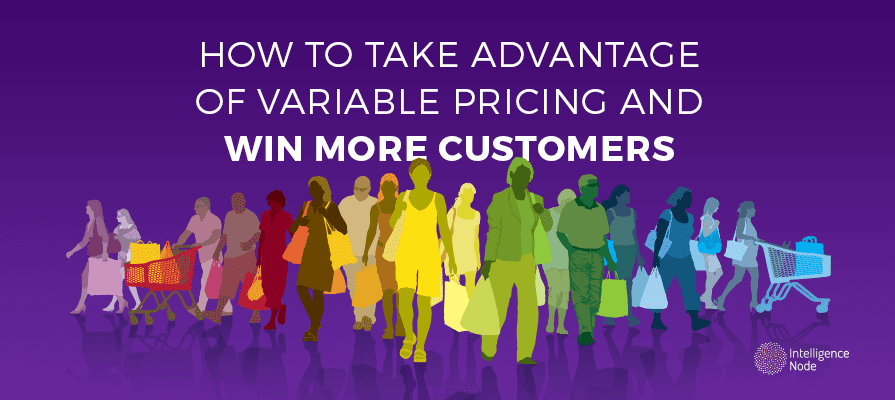Pricing is considered one of the four basic elements of the marketing mix, together with product, place, and promotion. It is probably the least attractive element of the four in terms of marketing. The bulk of the marketing efforts goes to product and promotion before turning to pricing. However, the price is a rather flexible element of the mix and this post will show how.
We have already established that pricing policy is very important for a business that aims to gain success by finding the somewhat mythical price point where sales and profits enjoy maximum levels. A business might employ a variety of pricing policies and strategies, depending on its vision of marketing objectives and goals. It often seems like marketers have a nasty habit of underestimating the strategic importance of pricing. Those are probably the ones who missed the point (or a whole class) about pricing so they don’t perform revenue potential optimization. No worries, we are here to remedy that oversight. Here are some of the question you should have asked your teacher:
1. What pricing policy is best for marketing?
There is a no clear cut answer here as every business is unique. A pricing policy is set to reflect a part of a larger business strategy, accounting the principal market indicators like customer demand, supply, the profitability of products and so on. Pricing policy serves as a beacon for setting prices your customers can afford, not marketing it to them as something set in stone from the get-go.
2. What about my product?
Setting an adequate pricing policy requires serious market research and evaluation. Also, it must go in line with your overall business strategy and reflect the supply and demand relationship. Having a too low or too high price can hurt your business and your product equally. Here’s how:
- If you set a price too low, potential customers might perceive it as an inferior quality, cheap product. This is fine if you are aiming to cover your costs and get a minimal profit margin. In that case, a cost-based pricing policy can do the trick as it will cover all production and delivery costs while attaining a certain level of profit. However, you lose any perceived value with your customers and potentially lose money in the long run.
- If you set your prices too high, you might give off a feel of a high-end, prestige brand. This is a risky ploy as it should be guided by a demand-based policy, meaning there is a demand for your product at the price you are selling. Utilizing this pricing policy requires a comprehensive market research, best provided by intelligence tools with real-time insights. Otherwise, your product will be labeled as expensive and won’t sell.
The middle ground here is to evaluate the unique aspects of your offering and the consumer’s bond with it. That way, you are creating a perceived value for your customers and increasing their satisfaction. Once more, a company opting for value-based pricing needs to perform an extensive market research (really, it’s an essential part of modern business undertaking) to underline the value of your offering and thus motivate your customers to pay what you want as you’ve modeled your goods on what they want. An example would be car dealers who charge different customers and in a different situation.
Alternatively, you can opt for competition-based pricing whereas you assess your own goods, compare it your competition and then price it lower, higher or equal. It’s quick and relatively easy to implement with less market research, but it’s not quite accurate in terms of demand and your value.
3. Is there more than one market segment?
Of course and it’d be foolish not to use it to your advantage. Determining both primary and secondary market segments allows you to better understand how customers perceive your product’s value. Not every customer is the same and will not pay the same. Market segments are important for your company’s positioning and merchandising your goods to provide maximum sales at the established price points. Once again, this is where research about demand kicks in as you can fully use it to uncover where your potential customers are ready to pay more than usual.
4. Why does the pricing of my competition matter?
It’s perfectly fine that you want to be your own self, irrelevant of others. Nevertheless, what your competition charges matters in multiple ways:
- You can base your whole pricing policy on the competition;
- It affects your customers as the competition might define your price range;
- It opens new opportunities for you.
Let’s say you are entering a market with a new product or a new market in general. One of the ways to price your product is to employ penetration pricing. This allows you to present prices with a steep discount, maybe even with a loss, all in hope to create brand loyalty and increase the willingness of your customers to spend more in the future. But how do you know if you can compete, you are not losing money right from the start by lowering prices too much?
It is tempting to price higher than your competition and certainly justified if there is a demand for it or if your product or brand is perceived significantly better. However, it a tough feat to accomplish. Let’s not forget that Apple spent almost all of the 90’s decade soul searching before it established itself as one of the tech leaders it is today, delivering high prices on quality-perceived products.
You can also price on parity if your offering product has better features or price lower if it has almost the same features to competing products. The key to competitive pricing is attaining insight from this detailed analyses that show how customers perceive and interact with your product so you can understand how they relate to it. This also includes analyzing thousands of competing products and how your competition reacts to you in order to package and promote your goods based on effective pricing.
Conclusion
As seen, pricing is an equally important part of the marketing mix as the rest of the elements. It can be rather tricky, but whatever you do in your marketing efforts, make sure you base your decisions on knowledgeable insights. It’s critical to know and monitor the market and your competition (especially their pricing) at all times in order to reassess pricing if necessary and stay ahead. There are tools that can help you optimize your prices. Market fluctuations and new products have the power to influence and change consumer demands and needs. Be the one that influences them.
If you found this useful and you’d like to learn how to take your pricing strategy to the next level, we invite you to download our free 20 secrets to designing the best pricing strategy eBook. Click below to take advantage of this opportunity.






